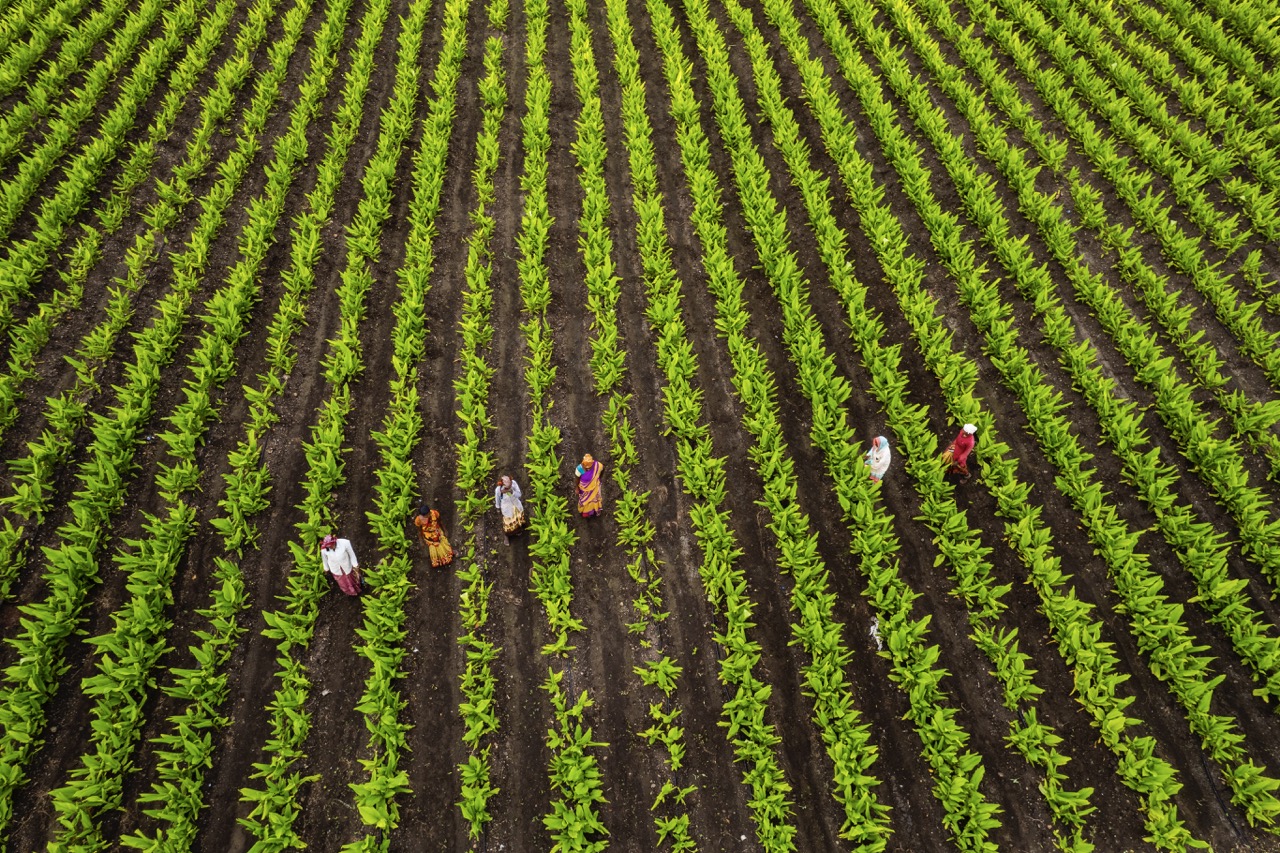Hydroponic farming is increasingly gaining traction as a sustainable and efficient method for food production. By growing plants in nutrient-rich water rather than soil, hydroponics offers a range of benefits, including higher yield per square foot, reduced water usage, and the ability to cultivate crops in urban environments. For those interested in delving into this innovative agricultural approach, understanding the fundamentals of hydroponics is essential. This article provides a comprehensive guide on how to get started with hydroponic farming, covering the basic principles, necessary equipment, suitable crops, and step-by-step setup instructions.
Understanding Hydroponics: A Sustainable Farming Method
Hydroponics is a method of growing plants without soil, where nutrients are delivered directly to the plant roots through a water-based solution. This technique allows for precise control over nutrient levels, pH balance, and other growth factors, leading to accelerated plant growth and higher yields. Hydroponics can be practiced in a variety of systems, including Nutrient Film Technique (NFT), Deep Water Culture (DWC), and Aeroponics, each offering unique benefits and challenges. By omitting soil, hydroponics significantly reduces the risk of soil-borne pests and diseases, making for a cleaner growing environment.
One of the key advantages of hydroponics is its sustainability. It uses up to 90% less water than traditional soil farming, thanks to the recirculating nature of hydroponic systems. This conservation of resources is crucial in areas facing water scarcity. Furthermore, hydroponic systems can be set up in urban or indoor locations, reducing the need for transportation and allowing for local food production. By minimizing the carbon footprint associated with conventional agriculture, hydroponics presents a viable solution to modern food security challenges.
Additionally, hydroponics allows for year-round cultivation, regardless of external weather conditions. This flexibility means that growers can produce crops consistently throughout the year, contributing to a more stable food supply. As climate change continues to disrupt traditional agricultural practices, hydroponics offers an innovative alternative that can adapt to changing environmental conditions. Understanding these principles is the first step for anyone looking to explore hydroponic farming.
Essential Equipment and Supplies for Hydroponic Success
Getting started with hydroponic farming requires specific equipment and supplies tailored to the chosen hydroponic system. The foundational components include growing containers, a nutrient delivery system, a reservoir for water and nutrients, and a growing medium such as rock wool, clay pellets, or coconut coir. Each system may have specialized requirements; for instance, Deep Water Culture requires an air pump and air stones to keep the water oxygenated, while Nutrient Film Technique systems rely on a pump to circulate the nutrient solution.
In addition to basic equipment, growers will need to invest in monitoring tools such as pH meters, EC (electrical conductivity) meters, and temperature sensors. Maintaining optimal conditions is essential for plant growth, and these instruments help ensure that the nutrient solution remains within the desired parameters. A reliable grow light source is also crucial, especially for indoor setups where natural light may be insufficient. LED grow lights are popular for their energy efficiency and ability to provide the full spectrum of light that plants require for photosynthesis.
Finally, don’t forget about nutrient solutions formulated specifically for hydroponics. These solutions contain essential macro and micronutrients that plants need to thrive. It’s important to choose a high-quality nutrient mix and to be prepared to adjust concentrations as plants grow and their nutrient needs change. With the right equipment and supplies in hand, beginners are well on their way to establishing a successful hydroponic farm.
Choosing the Right Plants for Your Hydroponic System
When it comes to selecting plants for hydroponic farming, beginners are often best served by starting with easier-to-grow varieties. Leafy greens, such as lettuce, spinach, and kale, are excellent choices as they thrive in hydroponic systems and have relatively short growth cycles. Herbs like basil, parsley, and cilantro are also ideal for newcomers, requiring minimal intervention and offering a quick turnaround between planting and harvest.
More advanced growers may consider expanding their repertoire to include fruiting plants such as tomatoes, peppers, and strawberries. While these crops can be more demanding in terms of nutrient and light requirements, they can yield substantial rewards. Carefully researching the specific needs of each plant variety is essential, as factors such as light cycles, temperature, and humidity can significantly impact growth and productivity in hydroponic systems. Additionally, it’s beneficial to consider local market demand when selecting crops, ensuring that your efforts align with consumer preferences.
Another consideration is the choice between annual and perennial plants. While annuals offer quicker turnover, perennials like certain berry bushes can provide continuous harvests over multiple seasons. As you gain experience, experimenting with different crop varieties can not only enhance your hydroponic farming skills but also diversify your yield, making your hydroponic farm more resilient and profitable.
Step-by-Step Guide to Setting Up Your Hydroponic Farm
Setting up a hydroponic farm requires careful planning and execution. Start by selecting an appropriate location for your system. Whether it’s a dedicated greenhouse, a section of your home, or an outdoor space, ensure it receives adequate light and has access to electricity and water. Next, choose the type of hydroponic system that best suits your space and budget, keeping in mind the specific requirements of the plants you plan to grow.
Once you have chosen the system, gather all necessary equipment and supplies, including growing containers, pumps, nutrient solutions, and monitoring tools. It’s advisable to assemble and test your hydroponic system before adding plants. This ensures that everything operates correctly, from water circulation to light timers. Adjust the pH and nutrient levels of your solution to fit the requirements of your chosen crops, as this will set the foundation for healthy plant growth.
After your system is up and running, it’s time to plant your seeds or seedlings in the chosen growing medium. Regular monitoring of the plants, including nutrient levels, light exposure, and environmental conditions, is crucial for success. As your plants grow, be prepared to make adjustments to the nutrient solution and support structures as needed. With patience and diligence, your hydroponic farm will flourish, providing fresh, sustainable produce for you and your community.
Hydroponic farming offers an innovative and sustainable approach to agriculture that is both rewarding and impactful. By understanding the principles of hydroponics, acquiring the right equipment, selecting suitable plants, and following a structured setup process, aspiring growers can embark on a successful hydroponic journey. As food security and environmental sustainability become increasingly critical, hydroponics stands out as a promising solution for meeting the challenges of modern agriculture. With dedication and knowledge, anyone can cultivate a thriving hydroponic farm that contributes to a healthier planet and community.









